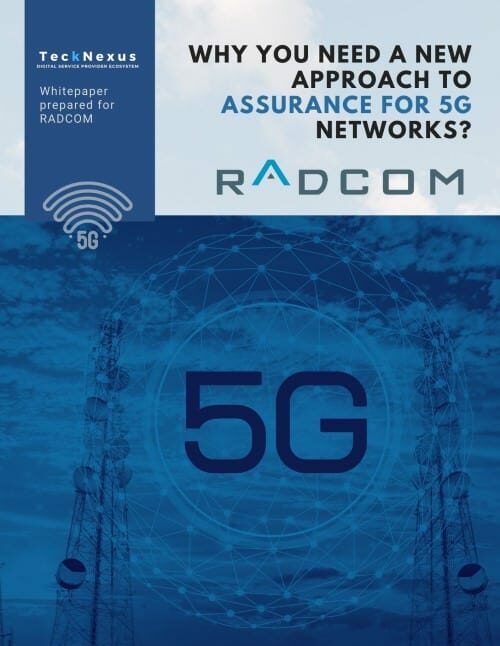Broadening the Scope of Private Wireless Networks UScellular and Ericsson are joining forces to present private wireless network solutions tailored for a wide array of industry sectors. The partnership is prioritizing areas such as Industry 4.0 manufacturing, logistics, and distribution but also has an eye on hospitals, the Industrial Internet of Things (IIoT), ports, utilities, and airports. What sets this collaboration apart is the seamless integration of Ericsson’s robust Private 5G network offerings and UScellular’s outstanding connectivity services. Clients benefit from a singular touchpoint for system setup and comprehensive life cycle management.
The Synergy of Two Powerhouses Kim Kerr, the Senior Vice President of Enterprise Sales and Operations at UScellular, shed light on the company’s objectives. UScellular is keen on expanding its footprint in the private network domain, and the collaboration with Ericsson promises to yield significant benefits for enterprise clients. Ericsson’s established Private 5G solutions, coupled with UScellular’s impressive market coverage, especially in hubs with manufacturing and distribution facilities, present a compelling value proposition.
Deepening an Established Partnership This new endeavor builds upon the foundation set earlier in the year, where both entities collaborated on a project at the University of Wisconsin-Milwaukee’s Connected Systems Institute. The focus of this venture was leveraging Ericsson’s Private 5G network to enhance security, provide smooth transitions between indoor and outdoor settings, and seamlessly integrate with enterprise operations, gadgets, and software.
An Enterprise-ready Solution David Green, Vice President and Key Account Manager for UScellular at Ericsson North America, emphasized the commitment to curating solutions that resonate with today’s fast-evolving corporate ecosystems. The vision is to address the unique challenges and demands posed by intricate industrial setups. Recognizing the burgeoning demand for private networks driven by use cases that can harness the full potential of 5G, Green accentuated the immense possibilities unlocked when combining UScellular’s expansive market coverage with Ericsson’s comprehensive solutions.
Ericsson’s Leading-edge Private 5G Technology Ericsson’s Private 5G offering is a testament to their prowess in the realm of 4G and 5G radio and core technology. Designed to revolutionize both indoor and outdoor spaces, it effortlessly integrates with business processes, devices, and software. This ensures heightened productivity levels, cost-effectiveness, and energy efficiency. Ericsson’s next-gen private network product assures secured 4G and 5G connectivity via its single server dual-mode core. Tailored for diverse business operations, it is pre-integrated for swift deployment, guaranteeing sophisticated operations in varied settings, while safeguarding crucial data on-site. Its adaptability makes it an ideal choice for a myriad of industries and complexities.





















